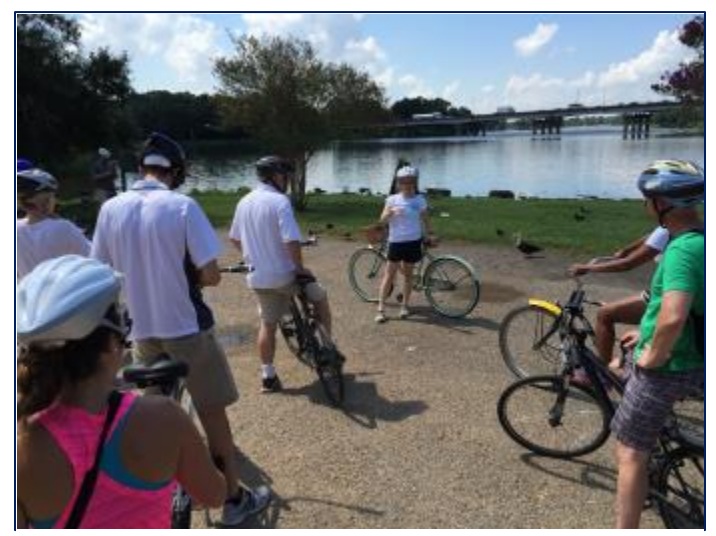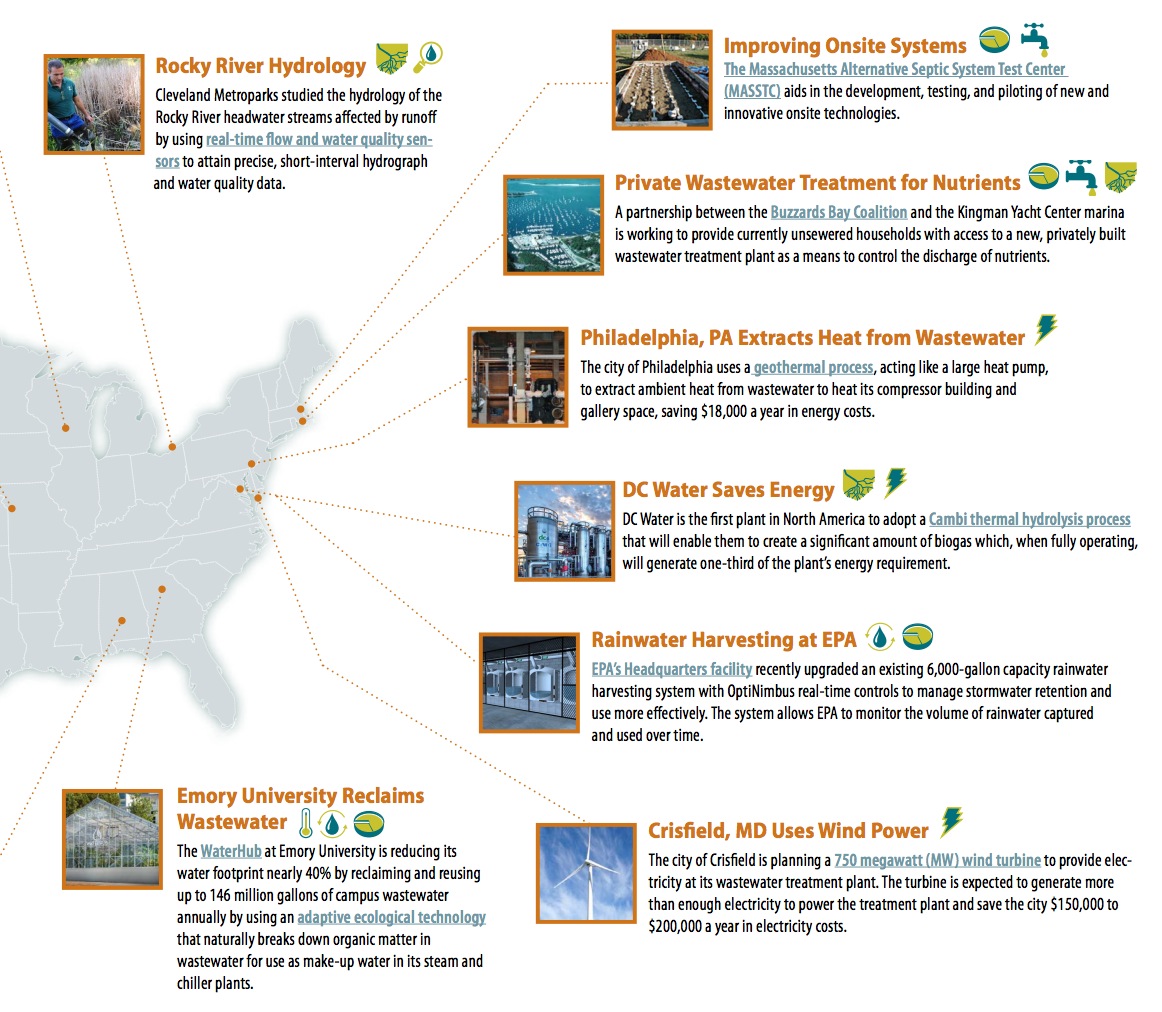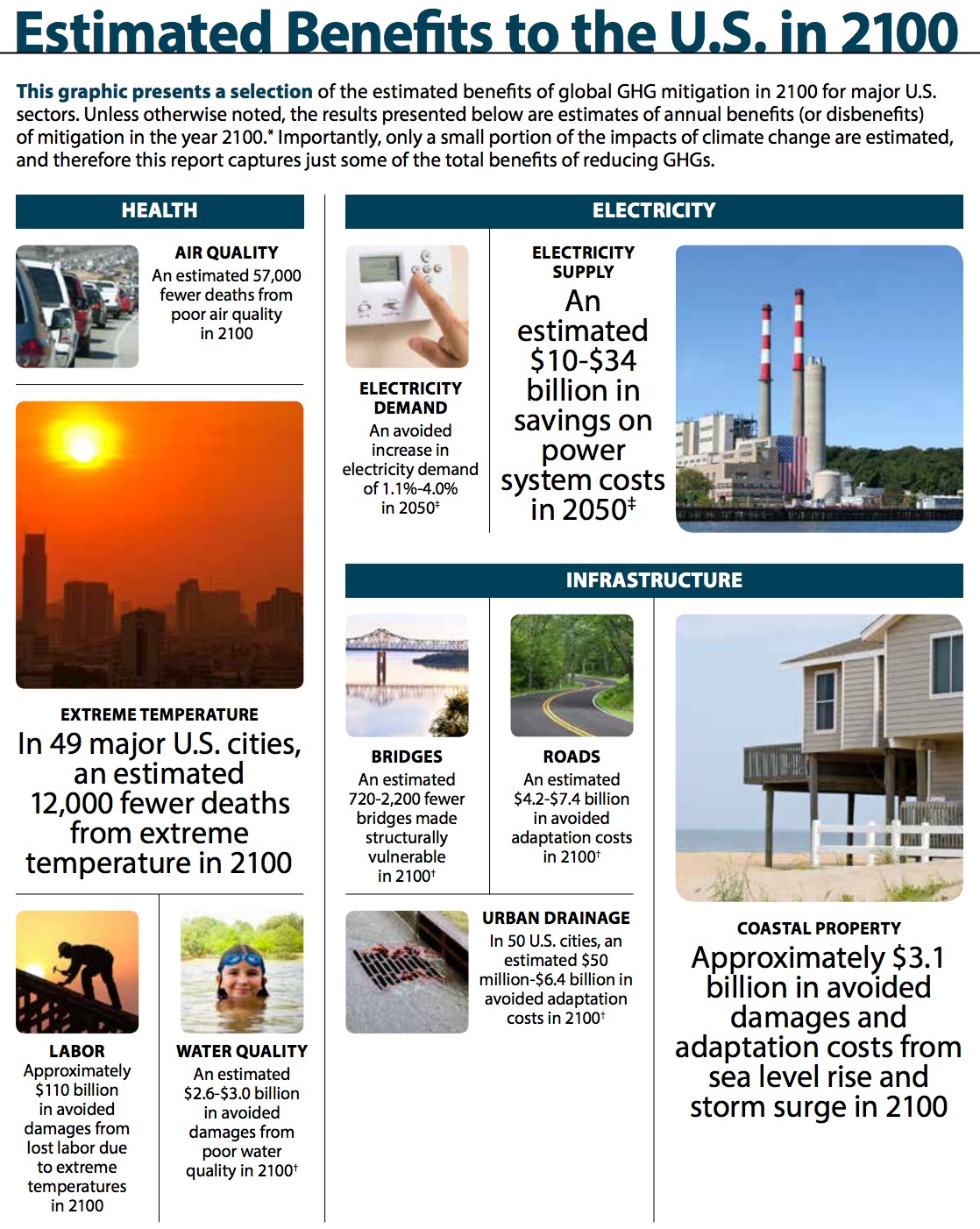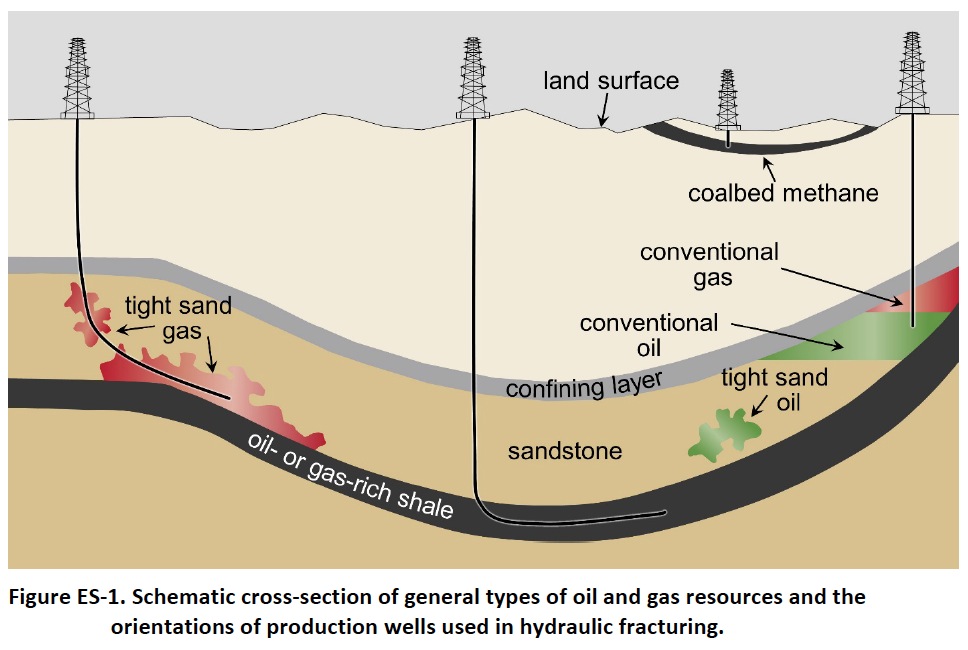
Laura Erikson, Community Development Coordinator in Lewis and Clark County, MT discusses how EPA is making a visible difference in Helena, MT. EPA Brownfields funds were used by the County to investigate contamination at a site that was regarded as the most blighted property in town. After completing the environmental assessment, the Montana Business Assistance Connection, with help from the City and EPA, was able to purchase the site and restore it to residential use standards. Today it is ready for redevelopment. Ms. Erikson explains what the newly cleaned site will mean for the community, calling it a “catalyst” that will benefit the whole area.
View this complete post...





















 RSS Feed
RSS Feed